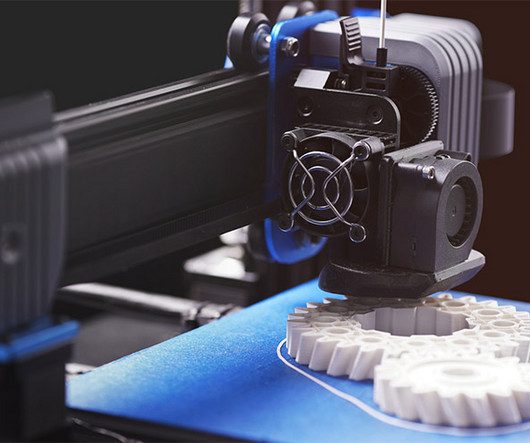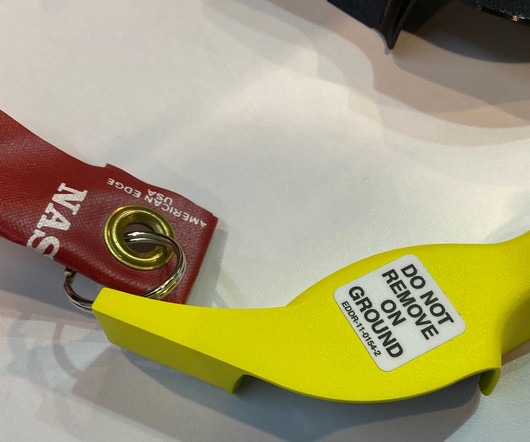How wear-resistant polymers unlock 3D printing design and production
Design World
MARCH 15, 2024
Improvements in additive manufacturing materials and processes make creating production-grade, functional wear parts possible while unlocking greater design flexibility. Historically, the choice between injection molding and additive manufacturing has been clearcut when it comes to producing functional plastic parts.



















































Let's personalize your content